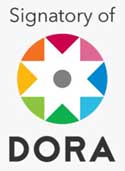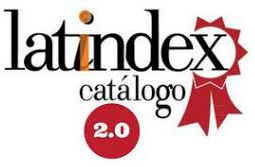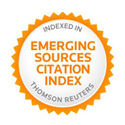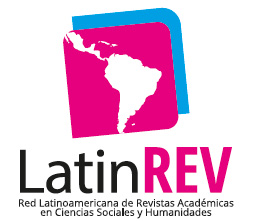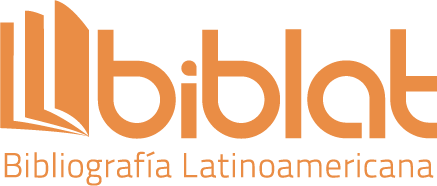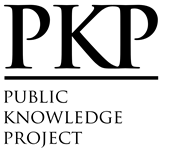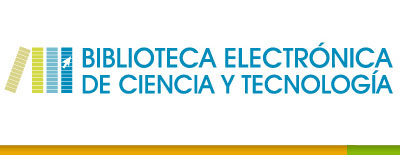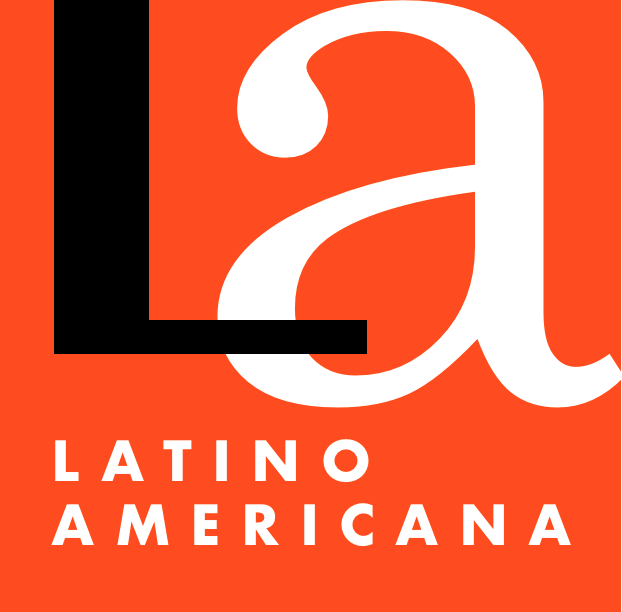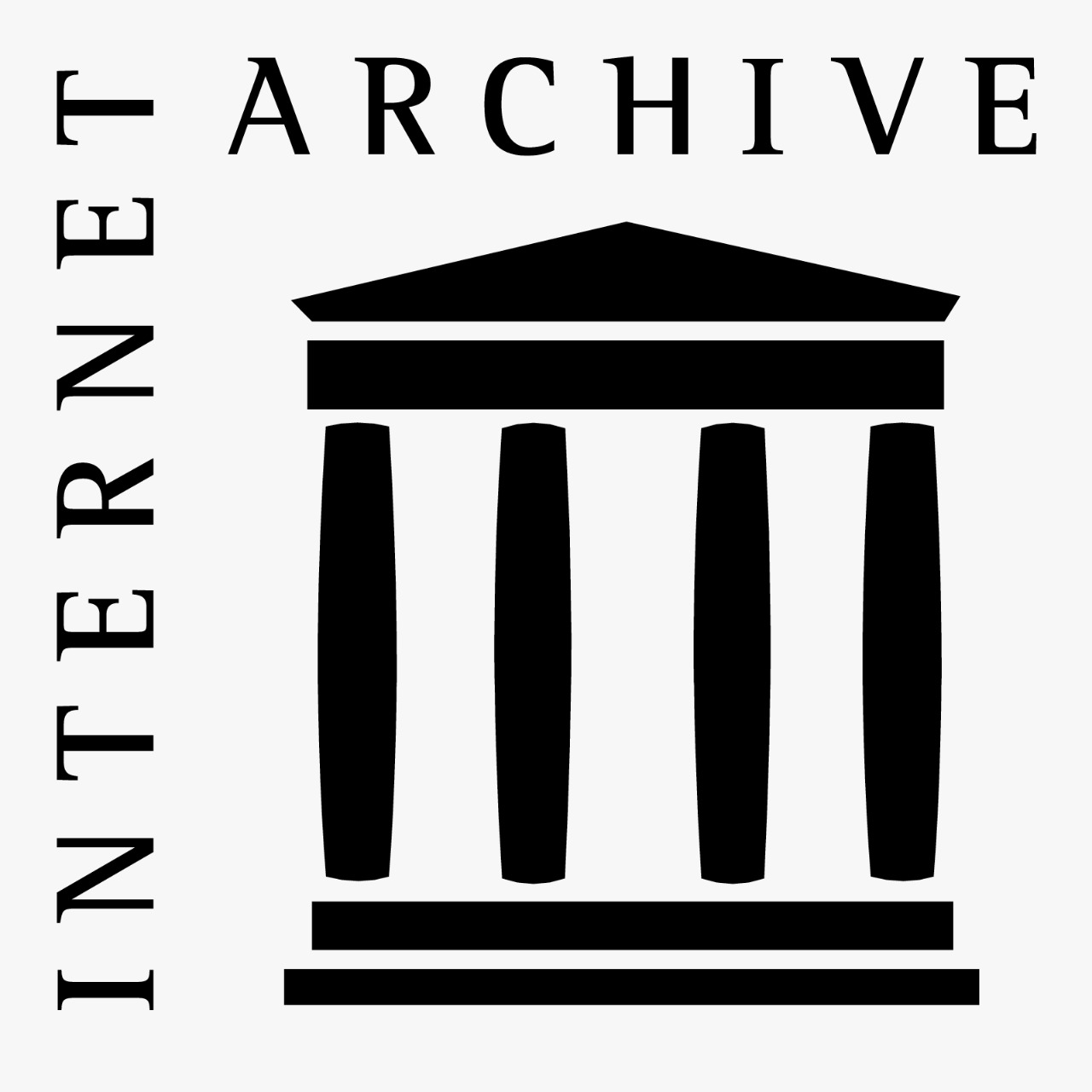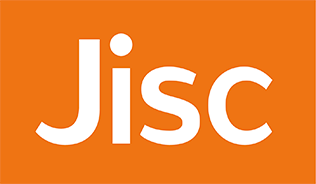The soundtrack of brands. Curation criteria for brand playlist activity as a strategic element of attention economy
Abstract
This study focuses on the phenomenon of activity brand playlists. These musical playlists are designed to be listened to while performing activities related to the products or services the brand represents. The strategy allows the brand to capture the audience's attention and share time with them. From the perspective of the attention economy, the objective is to determine the curation criteria for the selection and grouping of the songs and to verify whether they adequately respond to the brand's purpose or if they result from arbitrary work. To this end, 50 activity brand playlists from 7 brands were analyzed. The qualitative and quantitative analysis was conducted based on variables extracted from specialized literature, which determine the characteristics of the musical selection and grouping: context, musical genre, emotional valence, duration, language, semantics, and notoriety, constituting an original and unprecedented analysis model for this category of playlists. From the discussion of the results, it is possible to conclude that brand playlists correspond to a type of non-intrusive content that conveys brand values and personality through music, adopting the editorial appearance of the platform. Thus, they straddle branded content and native advertising. Additionally, within the attention economy, they would fall into the category of content that enhances the consumption experience, being the result of a musical selection and grouping that adheres to appropriate and non-arbitrary criteria.
Downloads
References
Alaminos-Fernández, A. F. (2016). Estados de ánimo y las listas de reproducción en streaming en Spotify. Comunicación presentada en el IX Congreso Nacional de la Sociedad Española de Musicología, Universidad Autónoma de Madrid, 16-19 noviembre 2016. https://bit.ly/3HtlIrw.
Alaminos-Fernández, A. F. (2017). Obama's tracklist: proyectando una imagen pública a través de la música. Comunicación política y redes sociales. En Chaves-Montero, A., Aiello, W. F. G., Hernández-Santaolalla, V., Mármol, I., Mejía, S. G., Marín, A. A., ... & Eguizabal, F. A. L. Comunicación Política y Redes Sociales (pp. 137-155). Egregius.
Alcalde, J. (2007). Música y comunicación. Fragua.
Baeza-Yates, R., Fayyad, U.M. (2022). The Attention Economy and the Impact of Artificial Intelligence. In: Werthner, H., Prem, E., Lee, E.A., Ghezzi, C. (Eds.) Perspectives on Digital Humanism. Springer, Cham. https://doi.org/10.1007/978-3-030-86144-5_18.
Baraybar-Fernández, A., Baños-González, M., Barquero-Pérez, O., Goya-Esteban, R., y De la Morena-Gómez, A. (2017). Evaluación de las respuestas emocionales a la publicidad televisiva desde el Neuromarketing. Comunicar, 52, 19-28. https://doi.org/f5v5.
Barilla (2021). Playlist Timer [Pódcast]. Spotify. https://2ly.link/1w5GX.
Bhandari, A. (2023). Anti-Systemic Movements in the Attention Economy: Engaging the Cultural Political Economy Approach. Journal of World-Systems Research, 29(1), 90–124. https://doi.org/10.5195/jwsr.2023.1100.
Barth, B., Borgstedt, S., & Edwards, J. (2019). New music recommendation algorithm facilitates audio branding. Marketing Review St. Gallen, 36(4), 44-50. https://bit.ly/3Hy5Zal.
Bendada, W., Salha-Galvan, G., Bouabça, T., & Cazenave, T. (2023). A Scalable Framework for Automatic Playlist Continuation on Music Streaming Services. In Proceedings of the 46th International ACM SIGIR Conference on Research and Development in Information Retrieval (pp. 464-474).
Buil-Tercero, P. (2017). Evolución del modelo comercial y nuevos hábitos de consumo en España. Revista de Pensamiento sobre Comunicación, Tecnología y Sociedad, 106(53). https://2ly.link/1w5Gb.
Butler, S. (2019). Benefit your brand Spotify playlist. Linkedin. https://2ly.link/1w5Gd.
Cardona Bedoya, J. M., & Vaca González, Y. C. (2019). Tendencias de la radio online como apoyo a la construcción de estrategias propias para el medio. Anagramas-Rumbos y sentidos de la comunicación, 17(34), 177-201. https://doi.org/10.22395/angr.v17n34a9.
Costa-Sánchez, C. C. (2017). Digitalización, streaming y personalización. Cambios y nuevos retos para la industria de la música en España. Telos: Cuadernos de comunicación e innovación. 106 (febrero-mayo, 2017). (Ejemplar dedicado a: El futuro digital de la música), págs. 82-91 https://bit.ly/3vF2uMF.
Cruz, N. (2023, 13 de noviembre). Millones de canciones que nadie escucha ocupan cada año más espacio. Eldiario.es. https://bit.ly/3HqzWZZ.
Custodio, N., & Cano-Campos, M. (2017). Efectos de la música sobre las funciones cognitivas. Revista de Neuro-psiquiatría, 80(1), 60-69. http://dx.doi.org/10.20453/rnp.v80i1.3060.
Fabuloso (2021). Fabuloso [Pódcast]. Spotify. https://2ly.link/1w5Gf.
Franck, G. (2019). The economy of attention. Journal of Sociology, 55(1), 8-19. https://doi.org/10.1177/1440783318811778.
García, D. (2022, 19 de noviembre). The engine songs: la lista de Lamborghini en Spotify que mejor combina con el sonido de sus motores. Caranddriver.com. https://bit.ly/47Kx9Wq.
George, A. L. & Andrew B. (2005). Case studies and theory development in the social sciences. MIT Press, Cambridge, MA.
Giraldo-Luque, S., Fernández-Rovira, C. (2021). Economy of Attention: Definition and Challenges for the Twenty-First Century. In: Park, S.H., Gonzalez-Perez, M.A., Floriani, D.E. (Eds.) The Palgrave Handbook of Corporate Sustainability in the Digital Era. Palgrave Macmillan, Cham. https://doi.org/10.1007/978-3-030-42412-1_15.
Gourville, J.T. & Soman, D. (2005). Overchoice and assortment type: when and why variety backfires. Marketing Science, 24(3), 382-395. https://doi.org/10.1287/mksc.1040.0109
Hagen, A. N. (2015). The playlist experience: Personal playlists in music streaming services. Popular Music and Society, 38(5), 625-645. https://doi.org/10.1080/03007766.2015.102117.
Herreras-Carrera, A. (2022). Función referencial de la música publicitaria. Pensar la publicidad: revista internacional de investigaciones publicitarias, 16(2), 17-22. https://dx.doi.org/10.5209/pepu.79439.
Ibañez Jara, E., Soto Gaete, J., & Diaz Inostroza, P. (2020). Las playlist de Spotify: una forma de curatoría musical contemporánea [Doctoral dissertation Universidad Academia de Humanismo Cristiano]. https://2ly.link/1w5Gh.
IFPI (2023). Engaging with music 2022. IFPI. https://bit.ly/3u3qJE4.
Isakhanova, M. (2023). Attention Economy and its Modern Principles. International Journal of Advanced Research in Science, Communication and Technology, 3(5). https://doi.org/10.48175/ijarsct-9327.
Joven, J. y Jenkins, C. (2018, 12 de marzo). Spotify: The Rise of the Contextual Playlist. ChartMetric. https://2ly.link/1w5Gj.
Kamehkhosh, I., Bonnin, G., & Jannach, D. (2020). Effects of recommendations on the playlist creation behavior of users. User Modeling and User-Adapted Interaction, 30, 285-322. https://link.springer.com/article/10.1007/s11257-019-09237-4
Kerviler, G., Audrezet, A., Suprin, E. (2017). Consumer Brand Relationship in the Age of Instagram. In: Rossi, P. (Eds.) Marketing at the Confluence between Entertainment and Analytics. Developments in Marketing Science: Proceedings of the Academy of Marketing Science. Springer, Cham. https://doi.org/10.1007/978-3-319-47331-4_188.
Kischinhevsky, M., Vicente, E., & De Marchi, L. (2015). Em busca da música infinita: os serviços de streaming e os conflitos de interesse no mercado de conteúdos digitais. Revista Fronteiras, 17(3).https://doi.org/10.4013/fem.2015.173.04.
Kishigami, J. (2004). Triple A (Any device, Anytime, Anywhere): services in ubiquitous networks and their impacts on the architecture and systems. In All Star Network Access Workshop (pp. 2-4). ITU.
Kubler, K. (2023). Influencers and the attention economy: the meaning and management of attention on Instagram, Journal of Marketing Management, 39:11-12, 965-981. https://doi.org/10.1080/0267257X.2022.2157864.
Lamborghini (2023). The engine songs [Pódcast]. Spotify. https://2ly.link/1w5Gl.
Lingeri, N., & De la Cruz, M. G. (2023). Cuida’o, que pega como cotto. VI Jornadas estudiantiles de investigación en disciplinas artísticas y proyectuales. https://bit.ly/4aYjkXf.
Listerine (2024). PlayListerine [Pódcast]. Spotify. https://2ly.link/1w5Gm.
Lorente, P. (2024). ¿Por qué es interesante una lista de reproducción en Spotify para tu marca? Pacolorente.es. https://bit.ly/3OcHEuu.
Lugos-Abarca, J. A. L. (2024). Un Modelo para Generar Playlists según las Emociones del Consumidor. hal-04495931. https://hal.science/hal-04495931/
McDonald's (2014). Perfect Harmony [Pódcast]. Spotify. https://2ly.link/1w5Gn.
Malacara, N. (2022, 8 de septiembre). Un playlist para trapear: las marcas recurren a la música para conectar. Expansión México. https://bit.ly/48xClhv.
MarketingNews (2024, 16 de febrero). Listerine crea una 'playlist' para el momento del cepillado. MarketingNews. https://bit.ly/49t4eqV.
Marín-Dueñas, P. P., Meléndez González-Haba, G., Gómez-Carmona, D., & Cano-Tenorio, R. (2022). Un análisis de las plataformas musicales de streaming desde una perspectiva publicitaria. En: Comunicación y pluralidad en un contexto divergente (pp. 415-440). Dykinson.
Moltrasio, J., Dominguez, F., Detlefsen, V., & Rubinstein, W. (2021). Música y emocionalidad: efectos de la música sobre el estado de ánimo y la memoria verbal. Vertex Revista Argentina de Psiquiatría, 32(154, oct.-dic.), 14-20. https://doi.org/10.53680/vertex.v32i154.111.
Nike (2022). NikeRun [Pódcast]. Spotify. https://2ly.link/1w5Gs.
Olguin, N. M. (2020). Las playlists como espacios de mediación y su concentración en Argentina. Divulgatio. Perfiles académicos de posgrado, 5(13), 48-63. https://doi.org/10.48160/25913530di13.148.
Pelly, L. (2017, 4 de diciembre). The problem with muzak. The Baffler.com, 37. https://bit.ly/4aZ4u2N.
Piñeiro-Otero, T. (2016). Radios corporativas online. La aventura de las marcas en la radiodifusión sonora. Opción, 32(12), 281-300. https://2ly.link/1w5Gv.
Pontello, L.F., Holanda, P.H.F., Guilherme, B., Cardoso, J.A.P.V., Goussevskaia, O., Silva, A.P.C.D. (2017). Mixtape: using real-time user feedback to navigate large media collections. ACM Trans. Multimed. Comput. Commun. Appl., 13(4), 1-22. https://doi.org/10.1145/3105969
Prey, R., Esteve Del Valle, M., & Zwerwer, L. (2022). Platform pop: disentangling Spotify’s intermediary role in the music industry. Information, Communication & Society, 25(1), 74-92 https://doi.org/10.1080/1369118X.2020.1761859.
Quick, M. (2018, 22 de agosto). Can data reveal the saddest number one song ever? BBC.com. https://2ly.link/1w5Gp.
Reis, C., Zucco, F. D., & Gonçalves, L. S. (2022). Motivações dos consumidores de música em plataformas de streaming. Austral Comunicación, 11(2), 1-18. https://doi.org/10.26422/aucom.2022.1102.rei.
Reno Dalu Maharso, I. (2021). Audio Content Curation in Digital Music Streaming Applications: Music Recommendations in Spotify Playlists. Advances in Social Science, Education and Humanities Research. https://doi.org/10.2991/ASSEHR.K.210531.025.
Russell, J. A. (1980). A circumflex model of affect. Journal of Personality and Social Psychology, 39, 1161-1178. https://doi.org/10.1037/h0077714.
Salas-Valencia, M.C. (2023, 4 de marzo). Spotify vs Apple Music: Diferencias en el streaming de música. Eltiempo.com. https://bit.ly/3HM2Sfr.
Shuhendler, R., & Rabin, N. (2024). Dynamic artist-based embeddings with application to playlist generation. Engineering Applications of Artificial Intelligence, 129, 107604. https://doi.org/10.1016/j.engappai.2023.107604Spary, S. (2020, 28 mayo). Sound Changes The Way Food Tastes, And This Cheese Brand Set Out To Prove It. Ad Week. https://bit.ly/3Oak95k.
Spence, C., Wang, Q. J., Reinoso-Carvalho, F., & Keller, S. (2021). Commercializing sonic seasoning in multisensory offline experiential events and online tasting experiences. Frontiers in Psychology, 12, https://doi.org/10.3389/fpsyg.2021.740354.
Spotify Advertising (2024). https://ads.spotify.com/es-ES/.
Spotify for Developers (2024). https://developer.spotify.com.
Spotify for Artists (2024). Behind the playlist: your questions answered by our playlist editors. https://bit.ly/3Ht8zic.
Starbucks (2024). Starbucks music. https://www.starbucks.com/rewards/music/.
Starbucks (2023). Coffee House. [Pódcast]. Spotify. https://2ly.link/1w5Gq.
Weaver, R. (2023, 10 de marzo). The ultimate guide to native advertising. Nativearvertisinginstitute.com.https://bit.ly/3SqtTLe.
Welch, C. (2015, 20 de julio). Nike's popular running app can now access Spotify's huge music library. The Verge. https://bit.ly/3OMsgFM.
Wojdynski, B., & Golan, G. J. (2016). Native advertising and the future of mass communication. American Behavioral Scientist, 60(12), 1403-1407. https://doi.org/10.1177/0002764216660134.
Wolf-Branigin, M., & Edmondson, H. (2021). Identifying songs of social justice and protest for social work education. Journal of Human Behavior in the Social Environment, 31(7), 916–928. https://doi.org/10.1080/10911359.2020.1825250.
Yakura, H., Nakano, T., & Goto, M. (2018) FocusMusicRecommender: a system for recommending music to listen to while working. In: IUI '18: Proceedings of the 23rd International Conference on Intelligent User Interfaces (pp. 7-17). https://doi.org/10.1145/3172944.3172981.
Yin, R. K. (2014). Case study research and methods (5th ed.). Sage.
Ziliani, C. & Ieva, M. (2019). Getting loyalty right: Barilla and Starbucks. In Loyalty Management: From Loyalty Programs to Omnichannel Customer Experiences (pp. 202-222). Routledge.
Zomeño, D. & Blay Arráez, R. (2022). Nuevos productos y servicios ofertados a las marcas por las principales cabeceras españolas: branded content y publicidad nativa. Revista Mediterránea de Comunicación, 13(1), 299-316. https://doi.org/10.14198/MEDCOM.19798.
Copyright (c) 2024 Maria Fitó-Carreras, Montserrat Vidal-Mestre, Alfonso Freire-Sánchez

This work is licensed under a Creative Commons Attribution-NonCommercial-ShareAlike 4.0 International License.
The authors retain the copyright and guarantee the journal the right to be the first publication of the work. In case that a translation of the article already published in Austral Comunicación can be published in another journal, it is requested to record the original publication in the translated version.
The license used is CC BY-NC-SA, which allows sharing (copying and redistributing the material in any medium and format) and adapting (remixing, transforming and building on the material) under the following terms: attribution (acknowledge authorship) and non-commercial (the material cannot be used for commercial purposes). Update: February 1, 2022.
Austral Comunicación allows the author (s) to retain the publication rights without restrictions.



